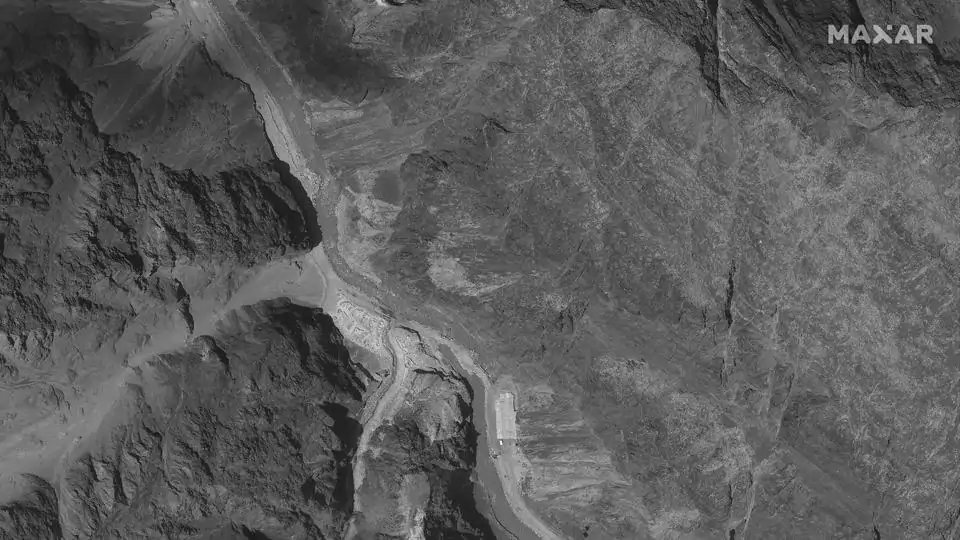
SOURCE: HT
Northern Army commander Lieutenant General YK Joshi on Saturday said that disengagement between Indian and Chinese soldiers deployed in forward positions at flashpoints along the contested Line of Actual Control (LAC) between the two countries was a complex and intricate process that required diligent execution — indicating that the situation along the LAC in Eastern Ladakh hasn’t returned to normal.
Joshi told news channels that the army would continue all efforts to restore status quo ante (the situation as it existed in early April) along the LAC. India matched a build-up by the Chinese in the area, starting early May, and matters came to a head on June 15 when Indian and Chinese soldiers clashed , leaving 20 Indian soldiers and an unknown number of Chinese ones dead.
India and China have lately failed to make a breakthrough in reducing border tensions despite intense negotiations at the military and diplomatic levels, and the disengagement process at some points has virtually stopped, according to people aware of the developments. HT reported last week, citing people familiar with the matter, that the two armies have amassed almost 100,000 soldiers in their forward and depth areas.
Joshi’s comments came a day after the Working Mechanism for Consultation and Coordination (WMCC) on India-China border affairs reviewed the situation in the border areas and the disengagement process in the western sector of the LAC.
At the meeting, the two sides agreed that another meeting of corps commanders “may be held soon so as to work out further steps to ensure expeditiously complete disengagement and de-escalation” along the LAC, the ministry of external affairs said in a statement on Friday.
The meeting is expected to be held next week but no dates have been finalised yet.
Joshi said disengagement was initiated after four rounds of talks between senior Indian and Chinese military commanders, and it was being verified on the ground to “ensure its veracity and correctness.” He said de-escalation of the border conflict would begin after achieving complete disengagement.
The ground situation remains unchanged in the Ladakh sector where both armies have amassed almost 100,000 soldiers in their forward and depth areas.
During a visit to Ladakh on July 17, defence minister Rajnath Singh indicated that the negotiations to resolve military tensions along the LAC were complex. He said progress in negotiations should help resolve the border dispute but added that he “couldn’t guarantee to what extent the situation will be resolved.”
On Wednesday, Singh asked the Indian Air Force to stay prepared for any eventuality.
The disengagement process has barely made progress after the last round of meeting between senior Indian and Chinese commanders on July 14.






